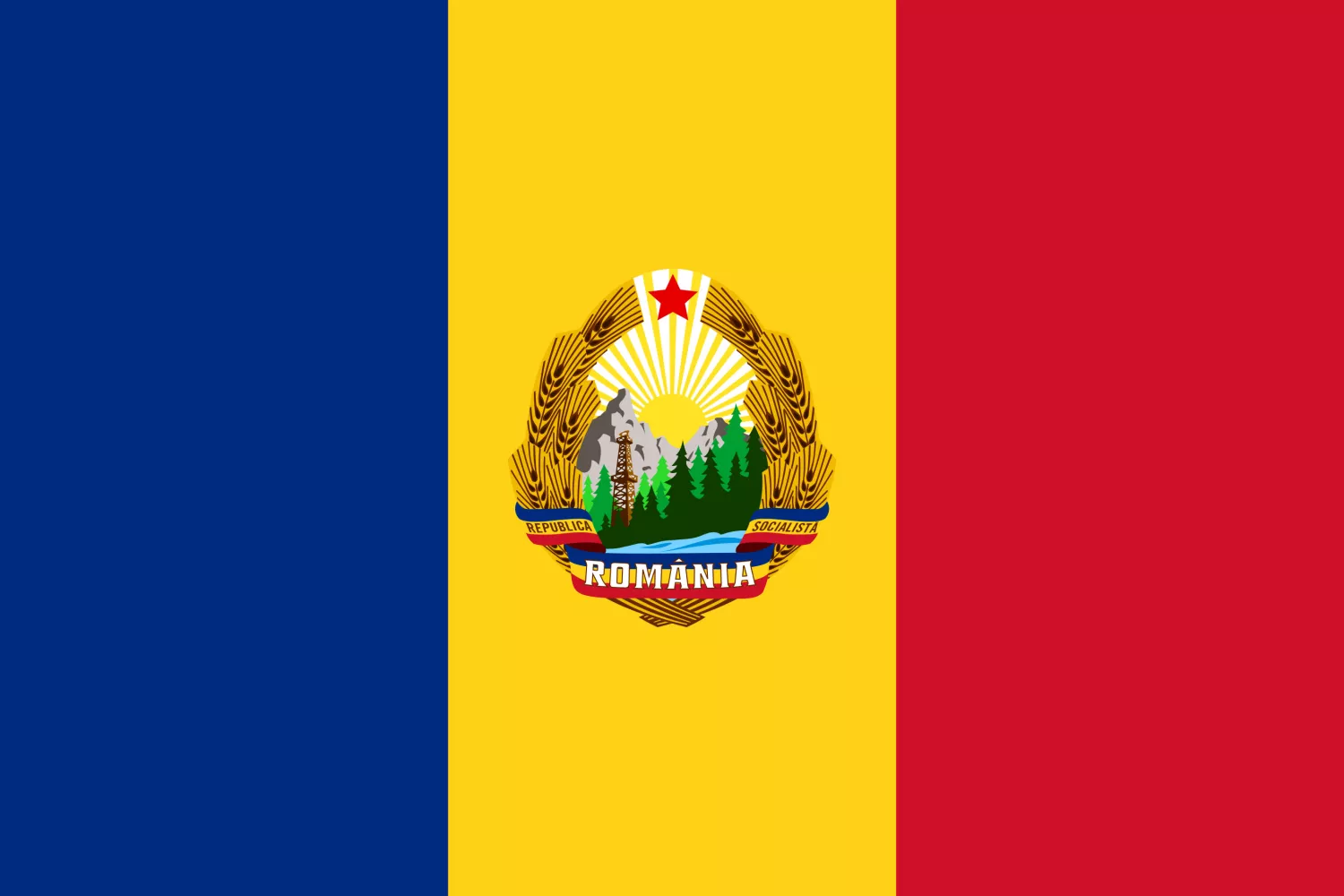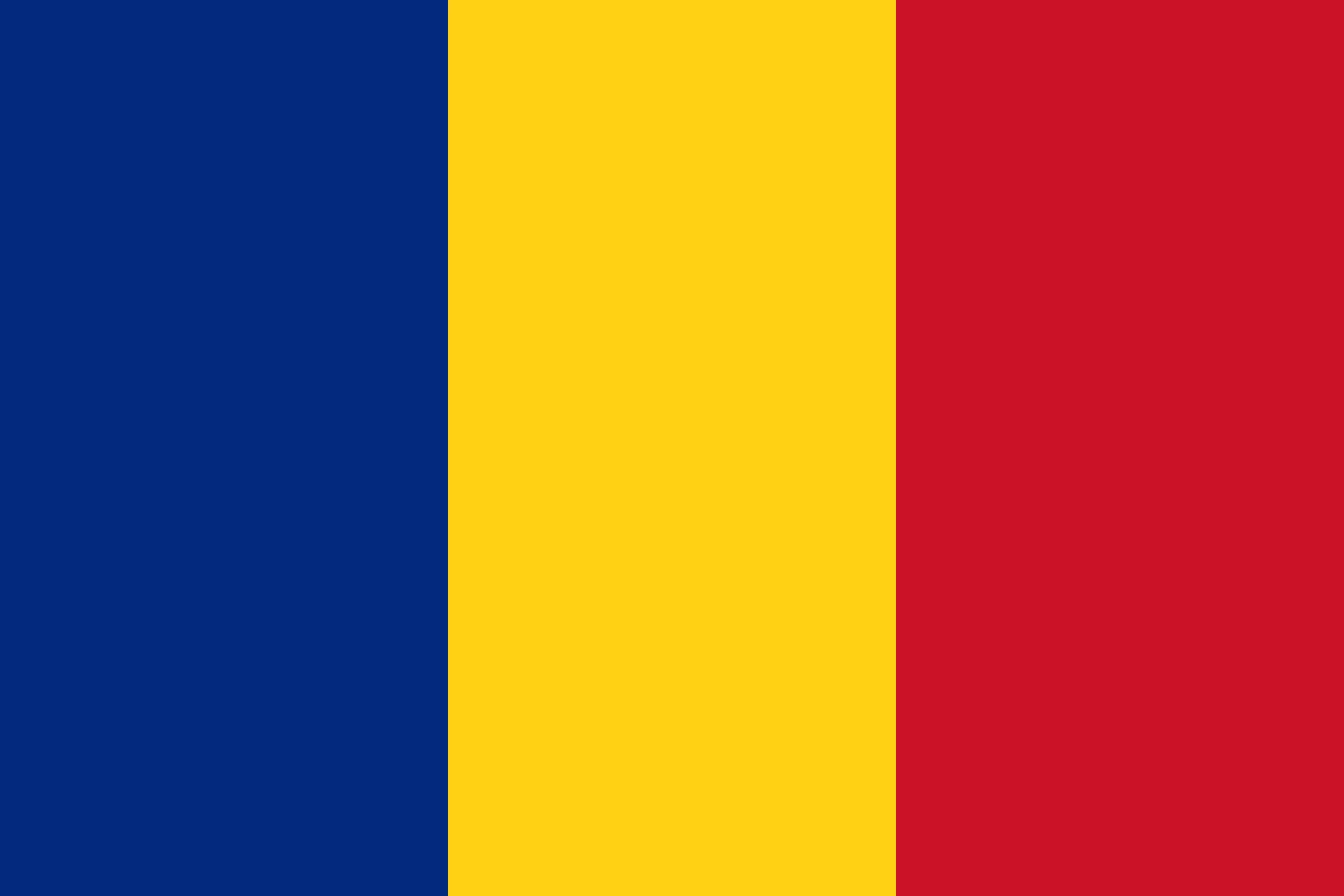Flag of Romania: All You Need to Know
The national flag of Romania holds profound significance as a symbol of the nation's identity, history, and values. Defined by the Constitution of Romania, the tricolor flag consists of vertical stripes arranged in the order of blue, yellow, and red. Established by law in 1994 and further refined in 2001, the flag's specifications, including proportions and colors, reflect careful consideration and legislative oversight. However, the flag's similarity to that of Chad has sparked international discussion and diplomatic inquiries, showcasing its relevance beyond national borders. Despite controversies, the Romanian flag remains a potent emblem of pride and unity for the Romanian people, embodying the country's rich heritage and enduring spirit.
Origins of the Romanian flag colors
The origins of the colors of the Romanian flag trace back to centuries of historical and cultural evolution. While the precise inspiration for the tricolor scheme is multifaceted, historical accounts and interpretations provide insight into its significance. During the 1970s and 1980s, the advocacy of protochronism suggested that the colors red, yellow, and blue were present on royal grants and banners dating back to the late 16th century under Michael the Brave's reign.
Additionally, descriptions from the Wallachian uprising of 1821 attribute symbolic meanings to these colors: "Liberty" represented by sky-blue, "Justice" embodied in field yellow, and "Fraternity" depicted through blood red. The adoption of the tricolor in 1834 by reformist ruler Alexandru II Ghica further solidified its presence, with subsequent modifications refining its arrangement. Despite debates over its origins, the tricolor remains deeply entrenched in Romanian history, serving as a tangible link to the nation's past and a testament to its enduring resilience.
Timeline of Events Related to the Flag of Romania
Pre-19th Century
Dacian and Roman Influence: The origins of the Romanian flag colors can be traced back to the Dacian and Roman eras, with the dragon standard and other military insignia.
Medieval Heraldry: Various feudal lords and rulers had their own flags, often incorporating personal and regional heraldic symbols.
19th Century
First Half of 19th Century: The blue, yellow, and red tricolor flag emerges as a Romanian symbol.
1821: During the revolutionary movement led by Tudor Vladimirescu, flags inspired by medieval military standards are used.
1834: The first official use of the tricolor as a flag of the Romanian militia and commercial ships, with horizontal stripes.
1859: Alexandru Ioan Cuza's dual election marks the adoption of the tricolor as the national flag, initially with horizontal stripes.
1867: Prince Carol I introduces vertical stripes for the national flag, aligning with European vexillological standards.
1872: Legislation separates national flags from military flags, removing coats of arms from the former.
20th Century
1948: The communist regime replaces the traditional coat of arms with a Soviet-inspired one on the national tricolor.

Flag of Romania (1965-1989) - Various, see File History below for details., Public domain, via Wikimedia Commons
December 1989: In the aftermath of the fall of communism, Romanians remove communist symbols from the flag, restoring the pre-communist design.
Questions and Answers Related to the Flag of Romania
What is the difference between the Moldova flag and the Romanian flag?
The main difference between the Moldova flag and the Romanian flag is the presence of the coat of arms on the Moldova flag:
The Moldova flag is a vertical tricolor of blue, yellow, and red, with the coat of arms of Moldova (an eagle holding a shield with an aurochs' head) in the center of the yellow stripe.
The Romanian flag is also a vertical tricolor of blue, yellow, and red, but it does not have any additional symbols or coat of arms in the center.
Other minor differences include:
The Moldova flag has a 1:2 height-to-width ratio, while the Romanian flag has a 2:3 ratio.
The shades of blue and yellow are slightly different between the two flags.
Otherwise, the two flags share the same basic tricolor design and colors, reflecting their shared history and cultural ties as Moldova was previously part of Romania.
What country has the same flag as Romania?
Chad is the country that shares a flag almost identical to that of Romania. While both flags bear the same tricolor design of blue, yellow, and red arranged vertically, there are slight variations in the shades of colors used. Romania has utilized its flag since 1866, originating from Wallachia, and it remained in official use until 1948.
During the Communist era that followed, an emblem was added to Romania's flag, but it was removed after the overthrow of the Communist government in 1989, reverting to its prewar version. Chad adopted its current flag in 1960 upon gaining independence from France. The similarity between the flags of Romania and Chad prompted the Chadian government to raise the issue at the United Nations in 2004. However, Romania's President Ion Iliescu reaffirmed Romania's commitment to its tricolor flag, emphasizing its historical precedence: "The tricolour belongs to us. We will not give up the tricolour."
What is the ratio of the Romanian national flag according to the law established in 1994?
The ratio is 2:3, as specified by law.
Why was there international discussion regarding the similarity between the flags of Romania and Chad?
The flags of Romania and Chad are very similar, and Chad requested the United Nations to examine the issue due to the striking resemblance, especially in shades of blue, yellow, and red.
What were the symbolic meanings attributed to the colors of the Romanian flag during the Wallachian uprising of 1821?
During the Wallachian uprising of 1821, the colors of the Romanian flag symbolizes "Liberty" (sky-blue), "Justice" (field yellow), and "Fraternity" (blood red).
When was the tricolor flag first adopted in Wallachia, and what changes were made to its design?
The tricolor flag was first adopted in Wallachia in 1834 by Alexandru II Ghica. Initially, the flag had red, blue, and yellow stripes, with yellow appearing in the center. Later, the order of colors was changed, placing yellow in the center.
What law establishes the protocol for the Romanian flag, and what are some of its provisions?
Law no. 75/1994 establishes the protocol for the Romanian flag. It specifies that the flag must be hoisted on public buildings, ships, and other locations on certain occasions. Additionally, it details penalties for violations related to the hoisting of the flag.








